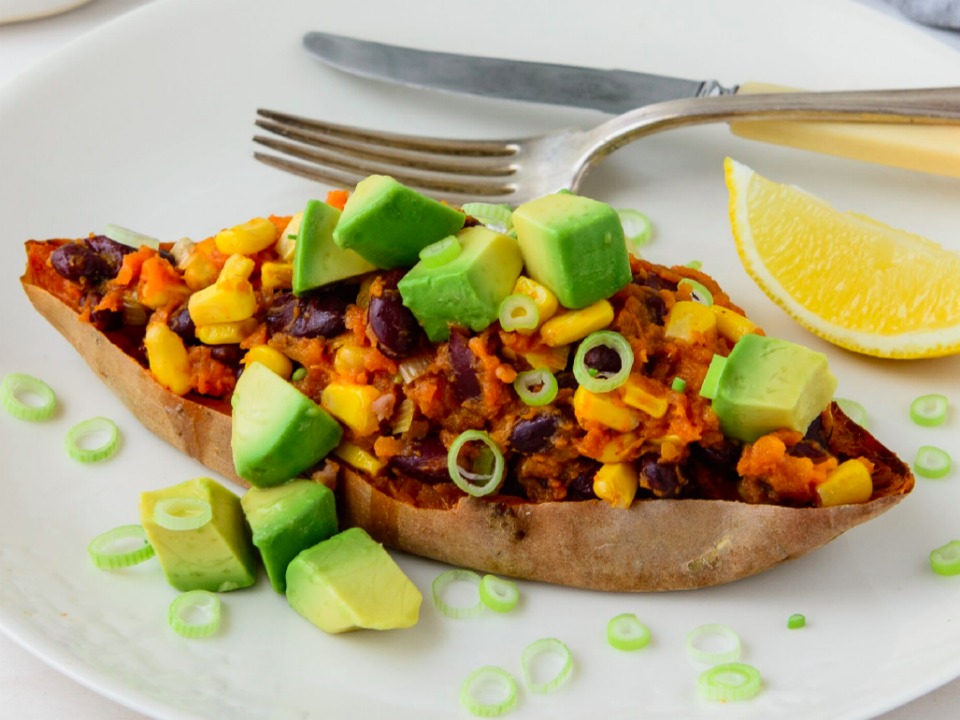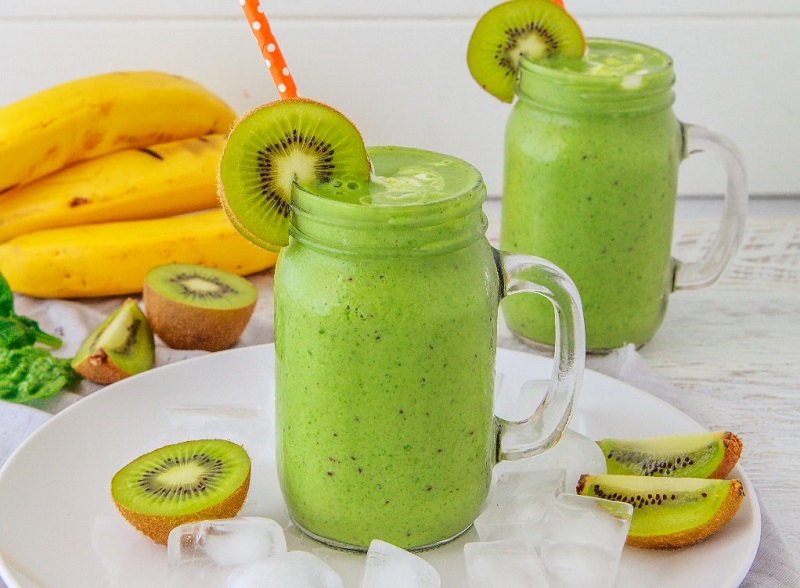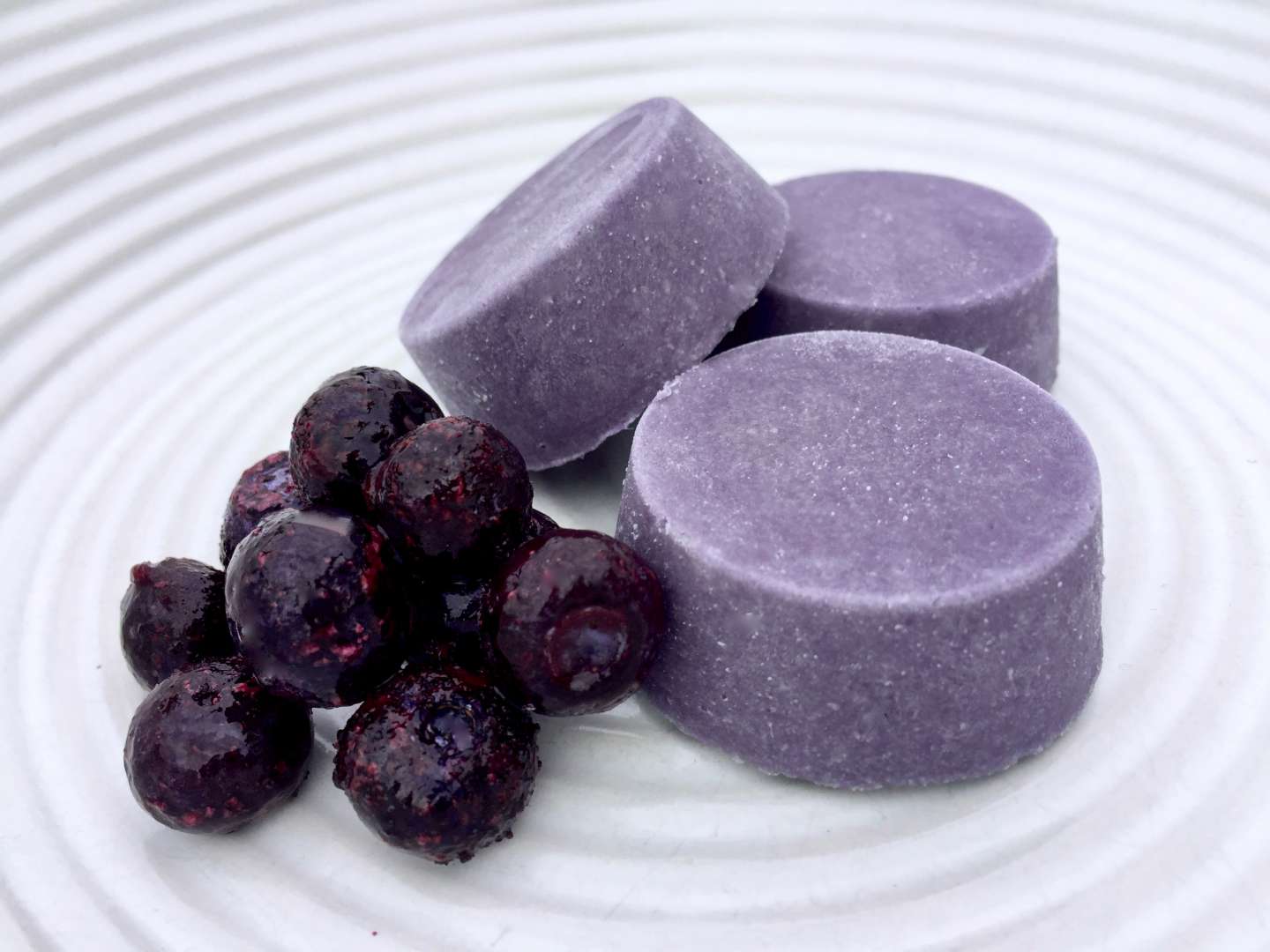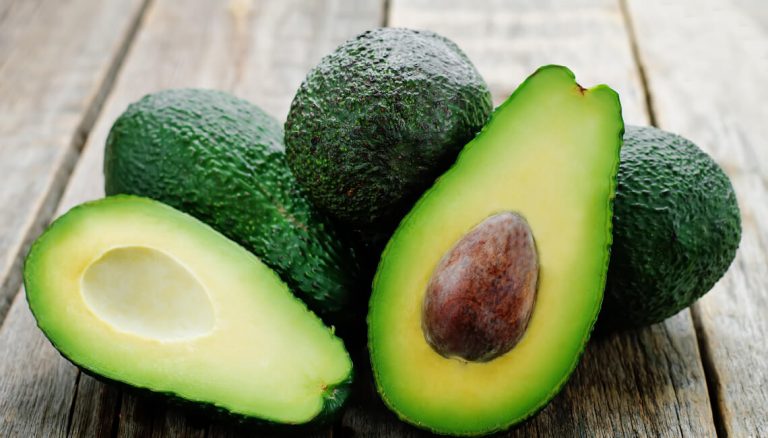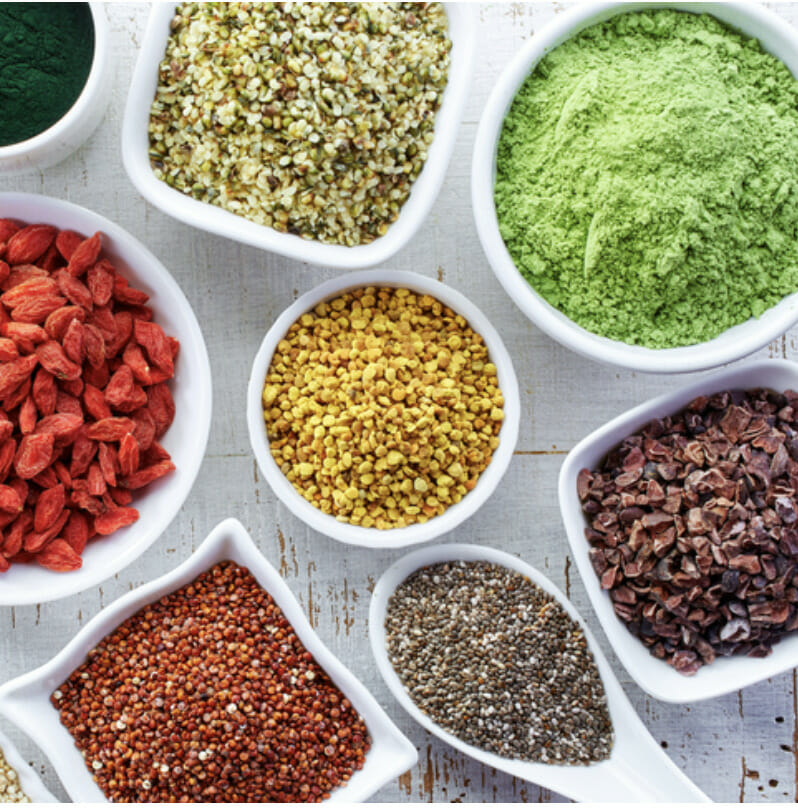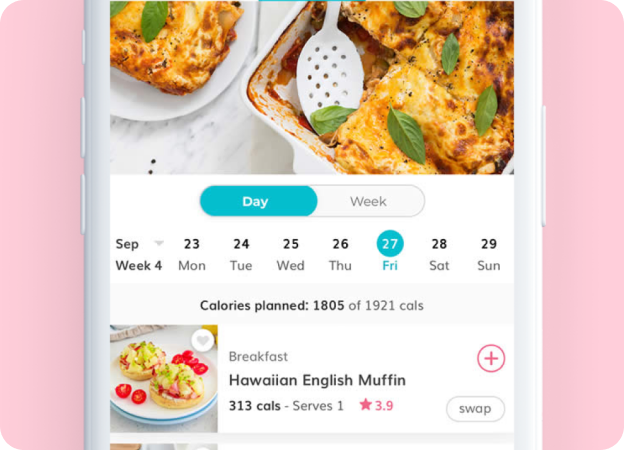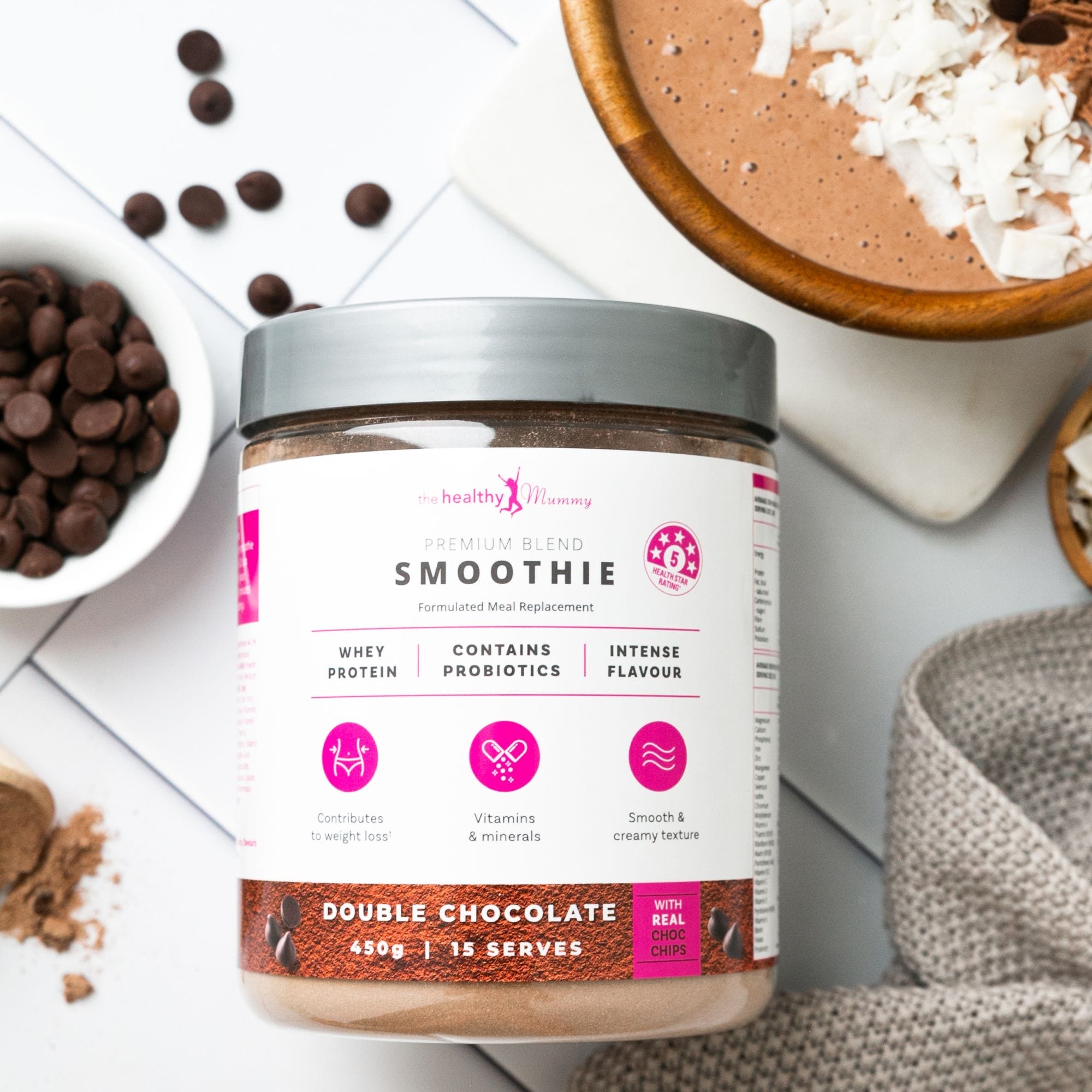Eat the rainbow: Tips to avoid the winter sniffles
Have you ever heard the term ‘EAT THE RAINBOW’? Eating the Rainbow or a variety of coloured fruit and veggies is important for optimal health. But WHY is it important to get a variety of colourful fruits and vegetables in your diet?
It’s winter, the season for sniffles, coughs, cold and flu is right on our doorstep – but what can we do to help boost our immune system?
Have you ever heard the term ‘EAT THE RAINBOW’? Eating the Rainbow or a variety of coloured fruit and veggies is important for optimal health. But WHY is it important to get a variety of colourful fruits and vegetables in your diet?
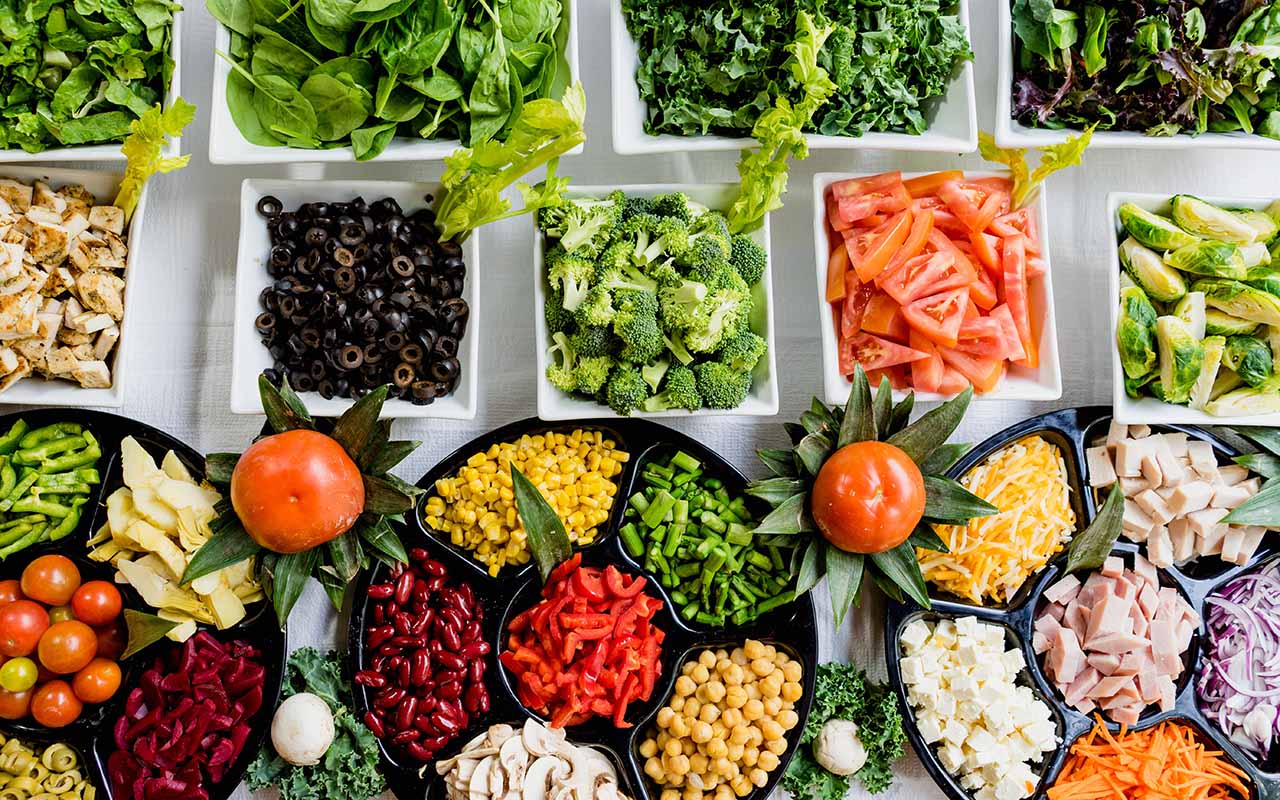
How what you eat can help you build immunity
Dieticians recommend eating two serves of fruit and five serves of vegetables each day. And by eating a range of colourful foods (nope Skittles don’t count), this can be an easy way to get the range of vitamins, minerals, fats, carbohydrates, protein and phytonutrients your body needs to thrive. Each colour in fruits and vegetables is caused by specific nutrients, vitamins and minerals and has its own health benefits. Studies have shown that people consuming greater amount of vegetables in their diet are high on energy and feel less lethargic and stressed.
Phytonutrients are found in certain plants, which are believed to be beneficial to human health and help prevent various diseases. But what can each colour fruit and vegetable tell you about its nutrition? The deeper the colour, the more concentrated the phytonutrients.
How to eat the rainbow
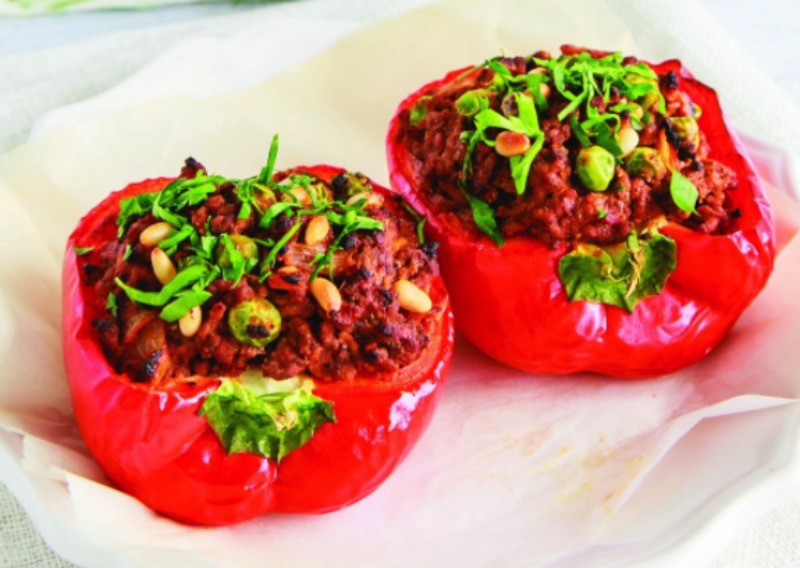
Red
Red fruits and vegetables contain phytochemicals, including lycopene and ellagic acid. These powerful nutrients have been studied for their cancer-fighting effects, reducing the risks of diabetes, improving skin quality and other health benefits.
Examples of RED foods to eat: red capsicum, red chillis, red apples, guava, strawberries, raspberries, watermelon, tomatoes, cranberries, cherries, rhubarb, red grapes, red onions, beetroot.
Orange and yellow
Orange and yellow fruits and vegetables are rich in vitamin C and carotenoids like beta-carotene, which convert vitamin A within the body, helping promote healthy vision. Citrus fruits in particular contain a unique phytonutrient called hesperidin, which helps to increase blood flow.
Examples of ORANGE and YELLOW foods to eat: oranges, mandarins, apricots, mangoes, carrots, sweet potato, pumpkin, yellow capsicum, lemons, peaches, pineapple, grapefruit, corn, rockmelon, pineapple.
Green
Green fruits and vegetables are rich in lutein, isoflavones and vitamin K, these help to boost the immune system, detoxify the body and restore energy. In addition, green vegetables are rich in folate – an important nutrient for pregnant women.
Examples of GREEN foods to eat: avocado, zucchini, peas, green beans, edamame, spinach, lettuce, brussel sprouts, broccoli, kale, green grapes, green apples, kiwi fruit, honeydew.
Blue and purple
Blue and purple fruits and vegetables are rich in phytonutrients, including anthocyanins and have been studied for their anti-cancer and anti-aging properties.
Examples of BLUE and Purple foods to eat: blueberries, blackberries, plums, dates, prunes, figs, purple grapes, purple (red) cabbage, eggplant.
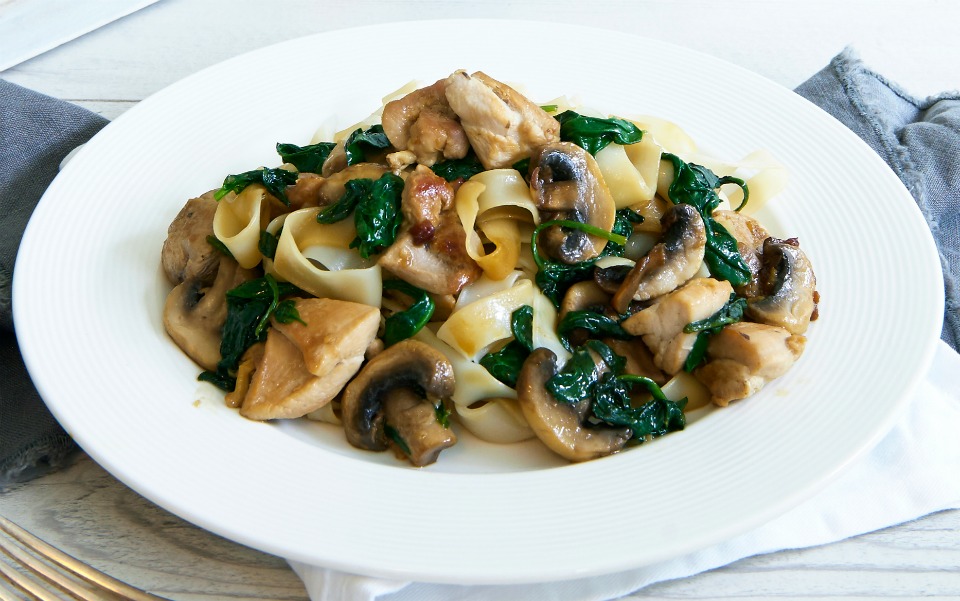
White and brown
White and brown fruits and vegetables are a heart-healthy choice and have many phytonutrients. The fibre in the skins of brown fruit and vegetables helps maintain a healthy digestive tract and can reduce the risk of some types of cancer. Garlic contains allicin known for its antiviral and antibacterial properties, while bananas and potatoes are a good source of potassium.
Examples of WHITE and BROWN foods to eat: parsnip, mushrooms, onions, garlic, potatoes, cauliflower, leeks, ginger, bananas.
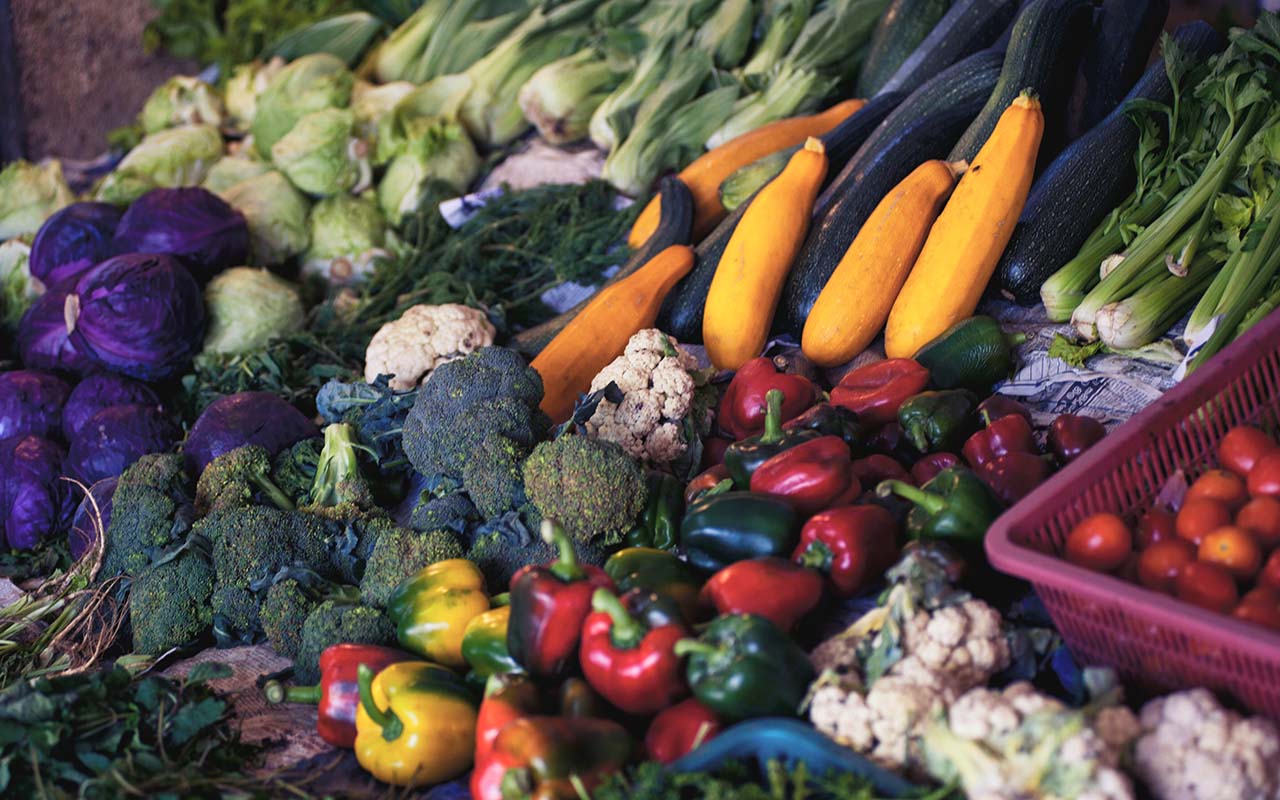
Tips for eating your 5 vegetables and 2 fruits each day
- Don’t leave your vegetables to one meal – incorporate them into all your meals and snacks throughout the day.
- Grab a veggie-filled smoothie or tasty veggie-filled omelette for breakfast.
- Snack on cut-up veggie sticks – carrot, cucumber, capsicum, celery or a piece of fruit like a banana, orange or apple.
- For lunch and dinner make sure half of your plate is made up of a rainbow of vegetables.
- In cooler season, soups are a great way to get lots of vegetables into a meal.
- In warmer seasons, prepare delicious salads, there are so many in the 28-day Challenge hub.
Vegetables not only protect our health, they also promote our health. Eating a healthy, balanced diet, which is rich in whole foods, fresh fruit and vegetables, nuts and seeds; is important for a healthy immune system.
This blog was written by one of the amazing mums from The Healthy Mummy Community Sally Stepniewski who said “I’m a scientist and teacher by day and have a keen interest in the value of phytonutrients in our diet (having spent some time researching Australian agriculture and the implications of crops on our diet) as well as the importance of drinking water to detoxify our bodies.”
You can read more about Sally here.
Get access to thousands of healthy and delicious meals on the 28 Day Weight Loss Challenge
If you haven’t signed up for our 28 Day Weight Loss Challenge, you can check out all the info here. As part of the challenge, you get access to amazing weight loss meal plans that are safe and enjoyable for the whole family, plus support from inside our community of Healthy Mummies.

